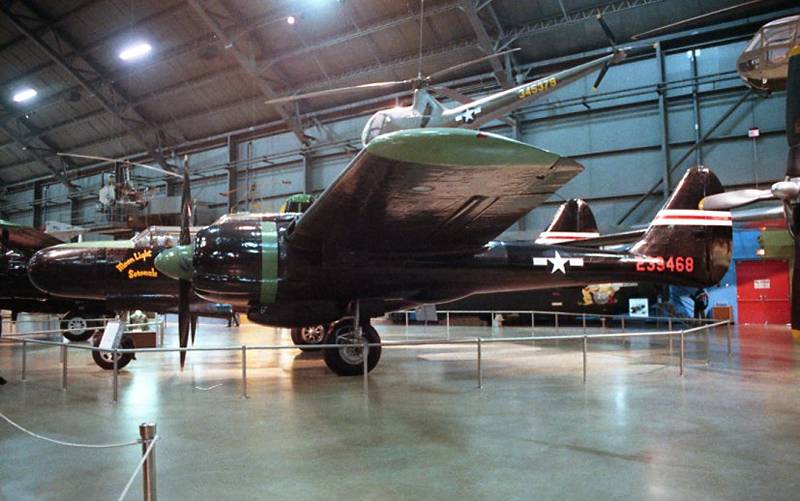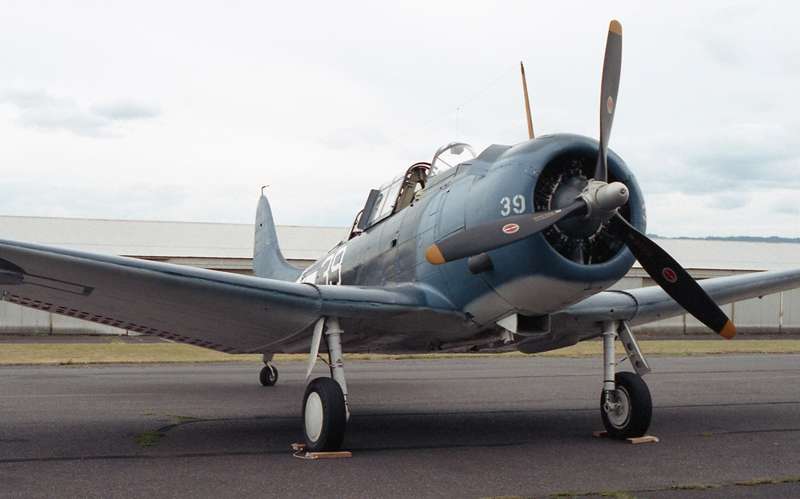The Douglas SBD Dauntless was a World War II American naval scout plane and dive bomber that was manufactured by Douglas Aircraft from 1940 through 1944. The SBD (“Scout Bomber Douglas”) was the U.S. Navy’s main carrier-borne scout plane and dive bomber from mid-1940 through mid-1944. The SBD was also flown by the U.S. Marine Corps, both from land air bases and aircraft carriers. The SBD is best remembered as the bomber that delivered the fatal blows to the Japanese carriers at the Battle of Midway in June 1942.
During its combat service, the SBD was an excellent naval scout plane and arguably the world’s best dive bomber. It possessed long range, good handling characteristics, maneuverability, potent bomb load capacity, great diving characteristics, defensive armament and ruggedness.
About This Subject
Medium and dark blue with white undersurface. U.S. Navy star and bar #39, as painted for the movie “Wings of War”. Complete walk-around, gear, surface detail, and many cockpit images.
Walk-Around Information
Number of Images: 104
Resolution: 1200 dpi
Download Type: .zip file
Download Size: 115 Megabytes



































